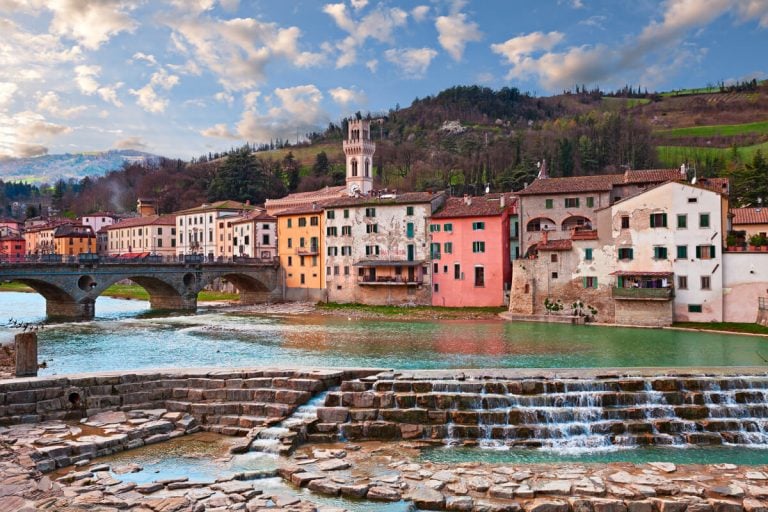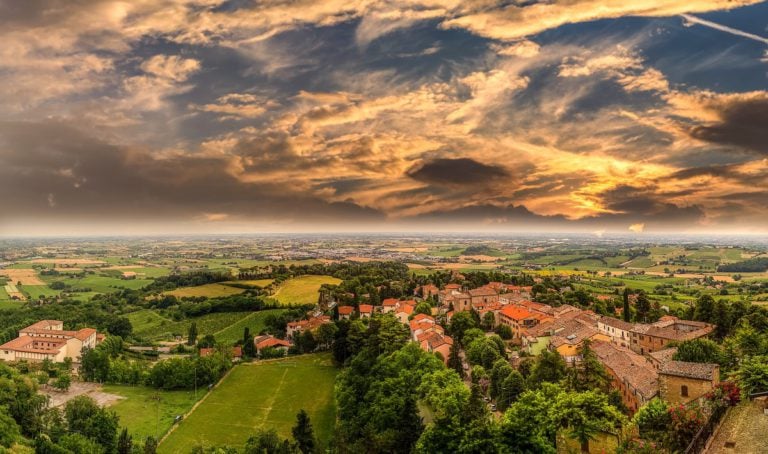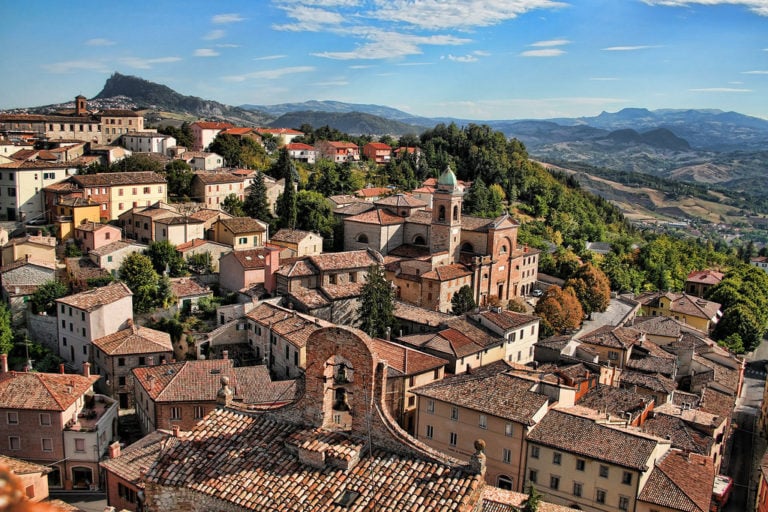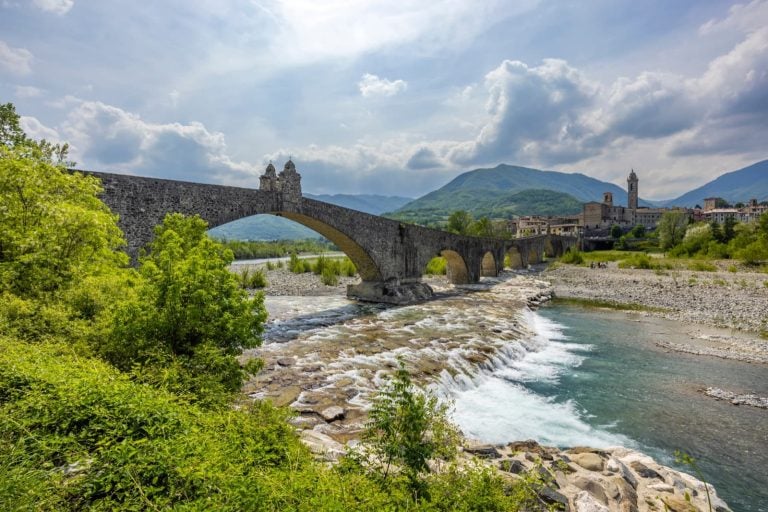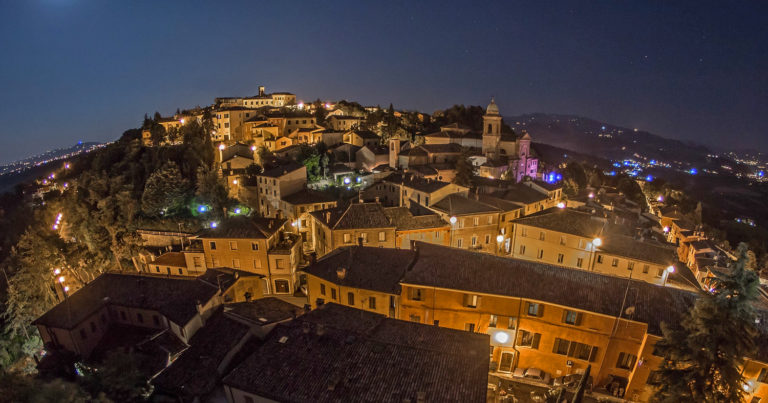Gently nestled in the Rubicon Valley among vineyards, orchards, and olive groves stand the historic little burg of Longiano. This fortified burg dominates the lush landscapes of Cesena and Rimini from its perch in the first hills of Romagna.
This is one of those places where you can still find Romagna at its most authentic with its cuisine, its jovial personality, and its bubbling social and cultural life. Five museums, a beautiful castle, the Petrella Theatre and a host of events make Longiano an ideal place for artistic, cultural and even spiritual pursuits.
HISTORY
To trace Longiano’s origins, we have to go back to when the Lombards arrived in Italy, in the 7th and 8th centuries, while fleeing the barbarian invasions. It assumed greater military and strategic importance during the wars between the cities of Cesena and Rimini, an era that saw Longiano at the sharp end of a protracted struggle.
In about 1290, the House of Malatesta took control of Rimini (and Longiano with it) but despite the family’s power, the conflicts with Romagna’s other cities (Cesena, Imola, Faenza, and Forlì) rumbled on until the Romagna region was subsumed into the Papal States.
It was in this period of bloody local skirmishes that Longiano acquired the appearance we can still admire today, surrounded by imposing ramparts and dominated by the mighty Malatesta castle.
History also records the affair when the people of Longiano took on the might of Cesare Borgia, Duke of Valentino. When Cesare Borgia decided to proclaim himself Duke of Romagna, with the approval of his father, Pope Alexander VI, Longiano refused to toe the line. The duke’s army promptly paid Longiano a visit – and flattened it.
After a few years under the Republic of Venice, traces of whom remain, with the bath in the Castle Court, Longiano came back under the Pope’s control in 1581, where it remained until Napoleon Bonaparte arrived in Italy in 1790.
But Longiano’s history would be complete only mentioning how the town suffered during the final stages of World War II. 1944 will remain one of Longiano’s lowest ebbs, as it was bombed repeatedly because of its proximity to the German defenses on the Gothic Line.
Today, Longiano is a community of about 7000 people and has flourished economically since the war while preserving its small-town character and quality of life, like many of Romagna’s hill towns.
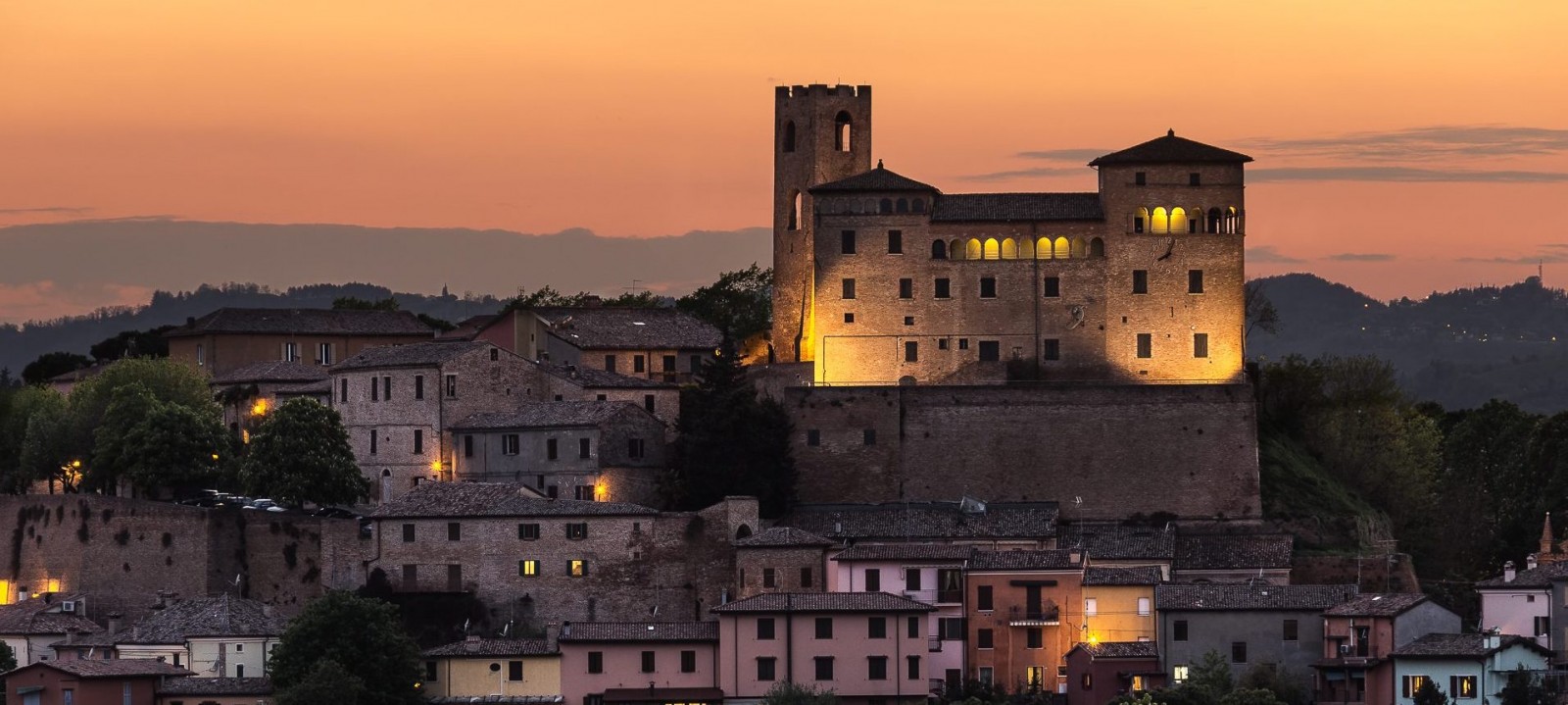
Longiano – pic by Daniela Mencobello
WHAT TO SEE
The town’s historic centre has a strong medieval flavor, with five museums offering visitors a wealth of historical and artistic treasures. The place to start a visit is the Malatesta castle, a characteristic medieval Italian fortification that is also home to the Tito Balestra Foundation, a collection of about 5000 works by 20th-century artists like De Pisis, Morandi, Guttuso, Maccari, Mafai, Sironi and many others.
The town’s museums also includes the Museum of Sacred Art in the Baroque Oratory of San Giuseppe, the original Italian Museum of Cast Iron with street furniture produced in the 19th and 20th centuries, the Museo del Territorio (rural life museum) with tools of the ancient trades and exhibits about farming life, and the Petrella Theater, a 19th-century gem.
It worth a visit also the Second World War Refuge, shelter under the old town centre that bore witness to a terrible time for Longiano and all of Romagna.
WHAT TO DO
AUTUMN
This is probably the best season to experience the almost unreal atmosphere created by the mist creeping up the hills around Longiano. Some days, when you gaze out from the castle terrace, it’s as if you were on an island floating on the fog, while on a clear day you can glimpse the Adriatic on the horizon. Autumn is a special time to visit Longiano; even if it rains, you can always beat a retreat to one of the fabulous local restaurants.
WINTER
The easy pace of life in the Italian hills combined with the mild climate courtesy of the nearby Adriatic Sea make Longiano a great place to explore in winter. Every Christmas, the Nativity Fair fills the town with hundreds of cribs by artists from all around the world, which remain on display until the end of January.
SPRING
Good living, good food, biking and hiking in the hilly wilds: that’s spring in Longiano in a nutshell. And with all the colours of the fruit trees in full bloom and the views across Romagna to the sea, this is one corner of paradise you’d be mad to miss.
SUMMER
All the flavour of Romagna, without the heat or seaside traffic. Summer in Longiano can be your haven from the roar of the city or your starting point for some stunning hikes across country and trips to the famous beaches. And did we mention how deliciously cool it is up here in the evening?
FOOD AND WINE
Longiano is part of a generous land that offers many fine local products, from honey and fragrant extra virgin olive oil to world-famous wines such as Sangiovese and Trebbiano. The many orchards give the fields a splash of spring color, with cherries, plums, apricots, and PDO nectarines peaches. The local cuisine reflects the simple, tasty flavors of Romagna. Popular pasta dishes include cappelletti, passatelli, tagliatelle with ragù, lasagne, strozzapreti, and maltagliati. Among the many second courses we suggest grilled chicken, and rabbit with roast potatoes to the fresh meat and salami of the prized Mora Romagnola pig.
How to get to Longiano
TRAIN
Ferrovie dello Stato – Stop in Cesena (12 km)
BUS
Urban & extra-urban line – Start Romagna – From Cesena, lines 140 and 166
INFORMATION
Longiano Tourist Office – St. Porta del Girone 2,
Tel.: +39 0547-665484
Mail: iat@comune.longiano.fc.it
The Emilia Romagna Villages section is dedicated to Villages that are part of the Associations Borghi più belli d’Italia, Bandiere Arancioni del Touring Club & Borghi autentici d’Italia.
Author
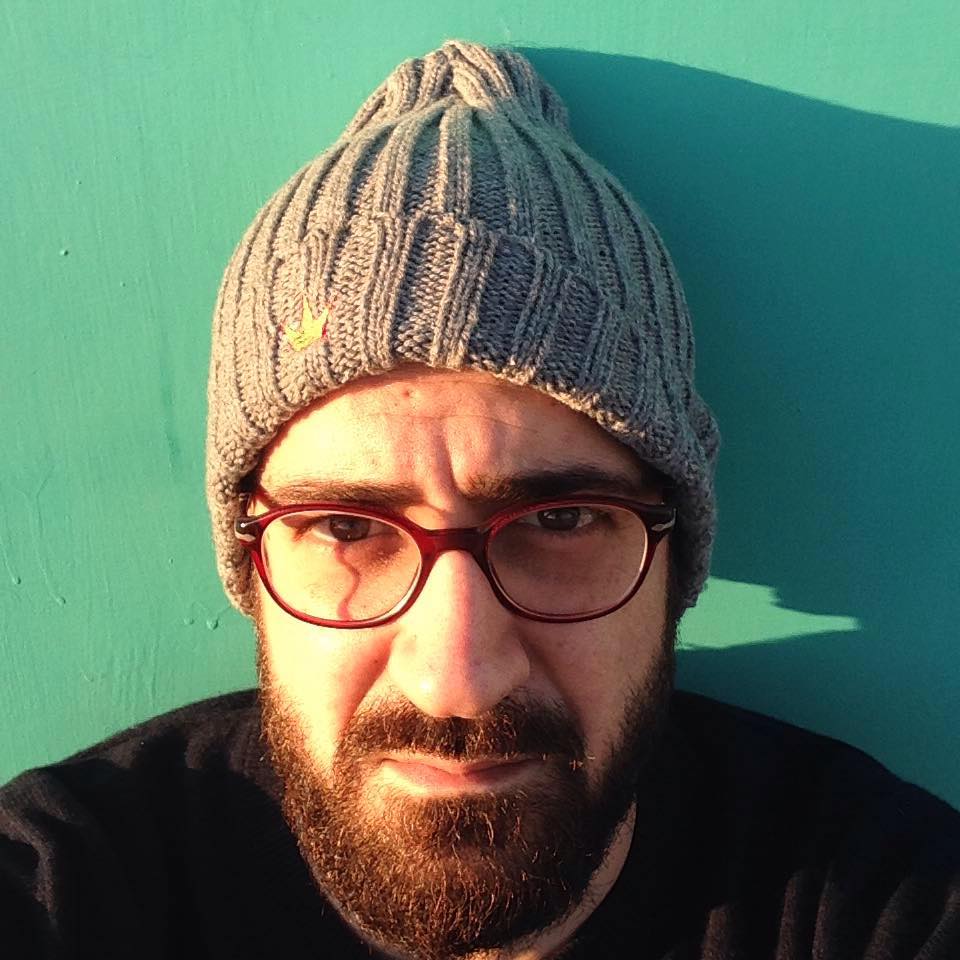
Walter Manni
Explorer and Adventurer: loves sailing the oceans, climbing the highest mountains and surfing on the waves of the web
You may also like
Five villages reachable by train in Emilia-Romagna
by Giulia Delaini /// April 12, 2018
The most beautiful Italian Villages in Emilia-Romagna
by Elisa Mazzini /// November 26, 2024

Interested in our newsletter?
Every first of the month, an email (in Italian) with selected contents and upcoming events.
The “Orange Flag” Villages in Emilia-Romagna
by Elisa Mazzini /// December 10, 2024
